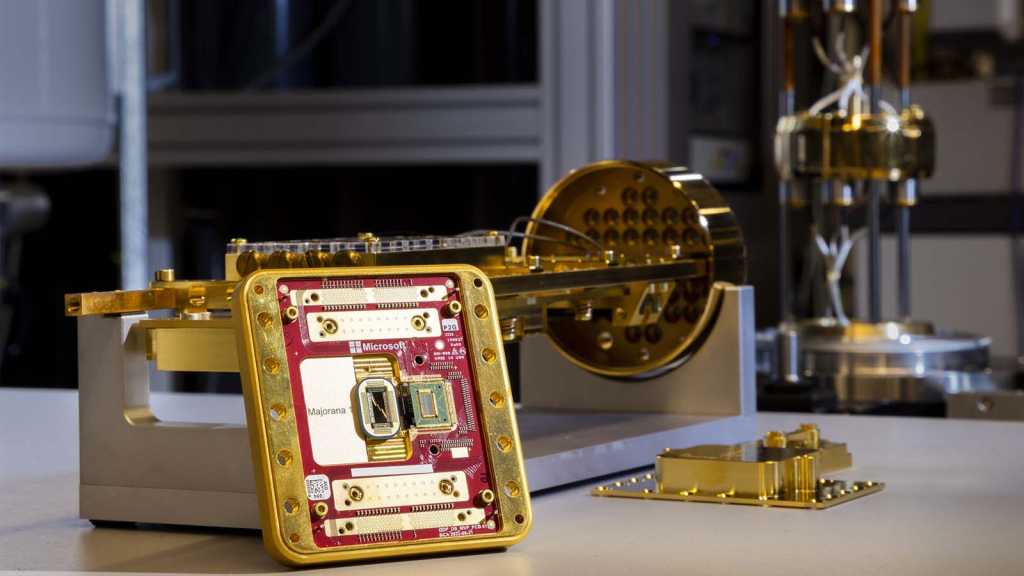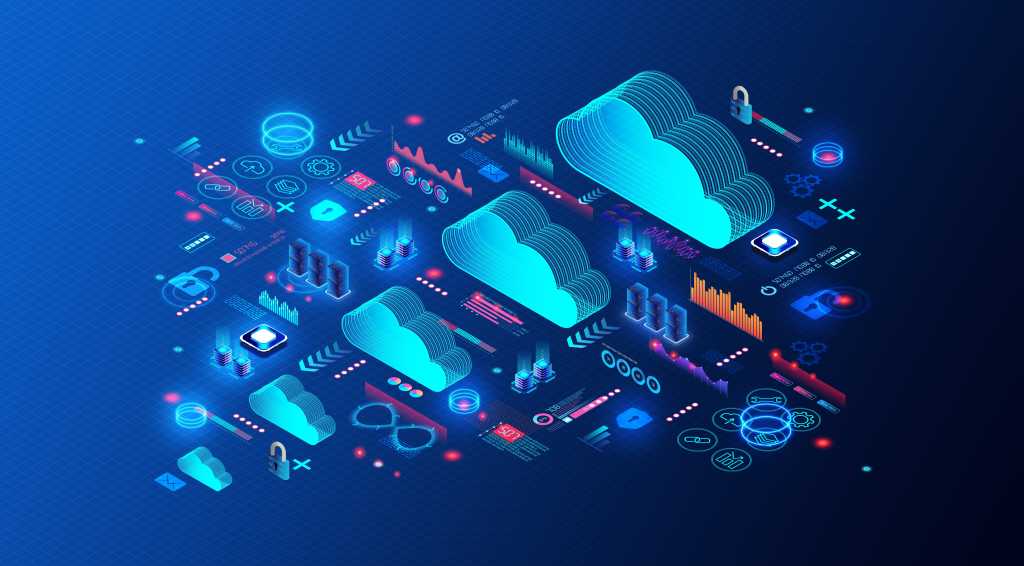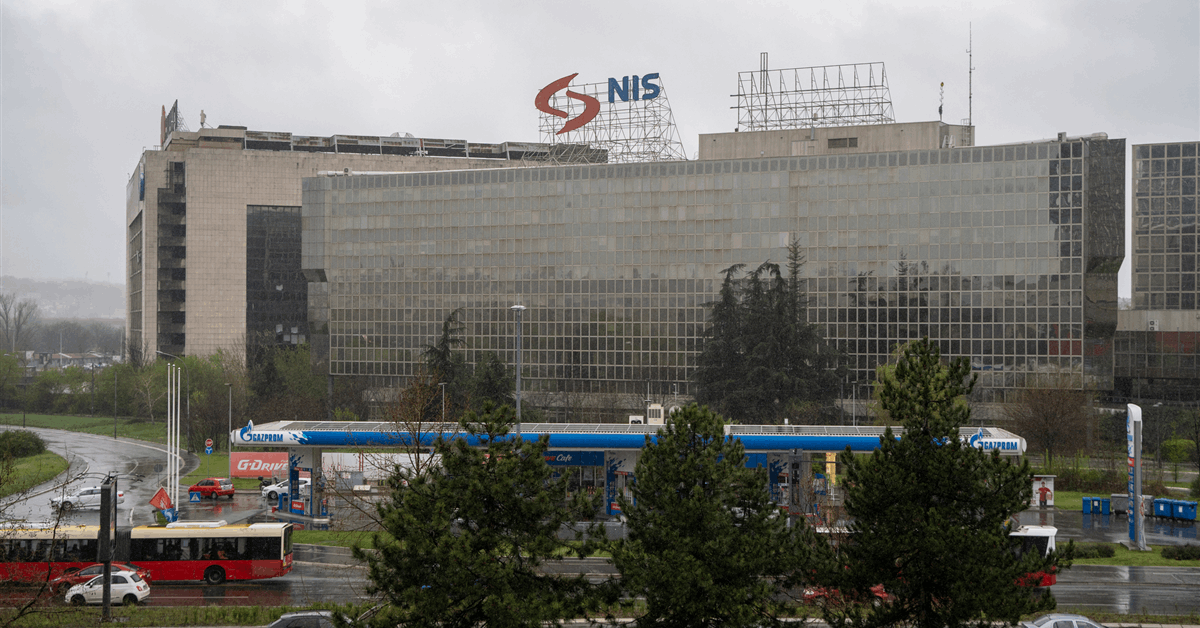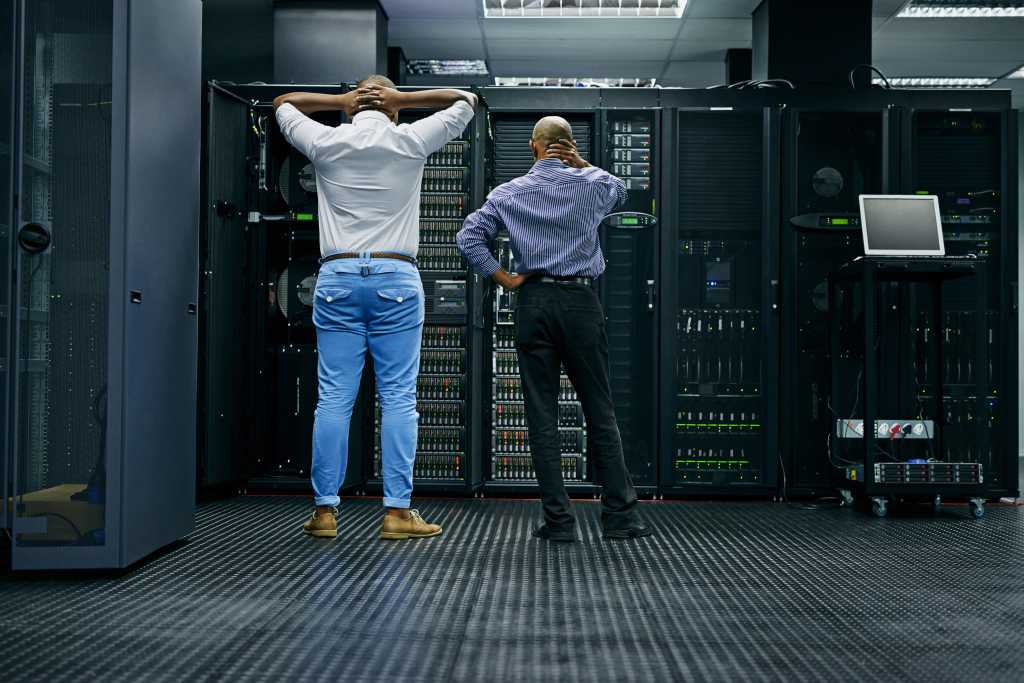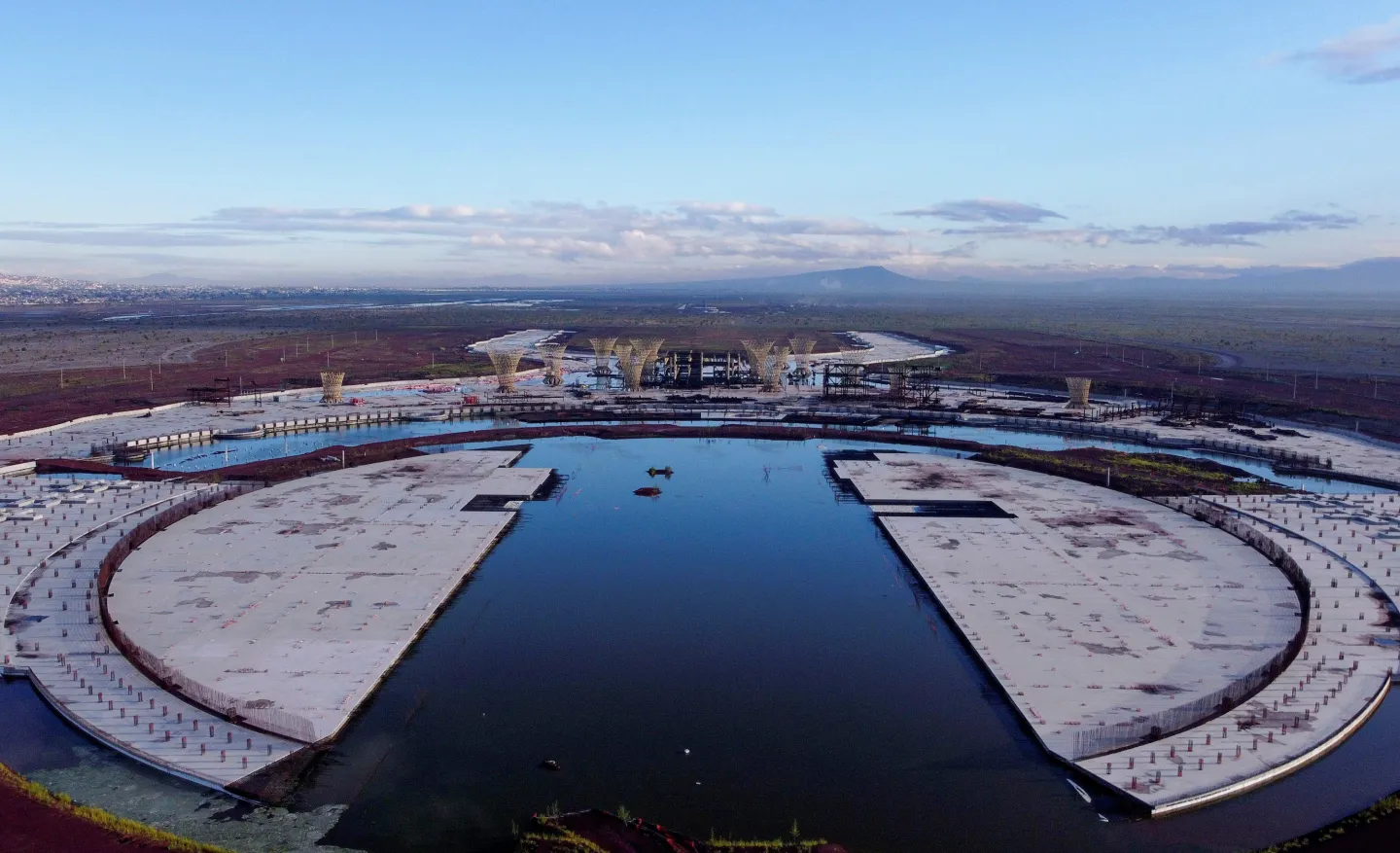
Across the country, we’re asking the transmission grid to do more than ever. Developers are submitting thousands of new interconnection requests. Data centers and electrification are driving unprecedented load growth. Yet while transmission planners have seen a tenfold increase in workload, they haven’t received a tenfold increase in support and are still expected to shoulder the burden.
As a result, utilities and ISOs now face a three-way test: maintaining reliability, enabling the clean-energy transformation and keeping electricity affordable. To achieve all three, they must complete a growing number of complex studies—faster and without additional resources.
Planners are doing more with less
Every reliability and interconnection study represents months of modeling, validation and coordination. These studies determine which projects move forward, what upgrades are needed and how billions of dollars are allocated. They are the backbone of the grid and the volume of these studies has increased by orders of magnitude. Yet the tools planners rely on to carry out this work haven’t evolved.
In response, planning teams are piecing together ad hoc solutions—scripts, spreadsheets and homegrown Python tools—to meet rising study demands. It’s the best anyone can do with the time and resources available, but these one-off efforts are hard to scale, maintain or share across teams.
One example: the challenge of base-case development
One recurring challenge for many utilities is developing base cases; the models that underpin all reliability planning studies. To build one, engineers start with a current model of the system, then apply updated load forecasts, generation additions and transmission-topology changes. They often have to merge hundreds of files and manually resolve conflicts as part of this effort to create a final, solvable model.
The frequency of rebuilding or updating base cases has increased nearly 10x, driven by rapid generation turnover, load growth and policy change. Many utilities now rebuild models several times a quarter, requiring an all-hands on deck effort each time.
Engineers have created workarounds to try to keep up, but these most rely on custom code that is hard to maintain or scale.
That piecemeal approach can’t meet today’s workload:
- Teams spend weeks stitching together change files – work that could be completed in hours with the right tools
- Each engineer then maintains a slightly different processes for resolving violations identified, which can lead to variations in results
- As models evolve, they become harder to maintain or rebuild because there is no clear audit trail of whats changed
This fragmentation creates two major risks: inefficiency and inconsistency. Studies take longer and reproducing or verifying results becomes harder as complexity increases.
The base-case problem is only one example. Similar challenges exist across other core planning activities — validating contingency files, testing solutions, post processing results and estimating costs. Each of these steps can benefit from structured automation that reduces manual effort, ensures consistency and preserves the rigor essential to reliability planning.
How automation can shift workflows from ad hoc to scale
No one should mistake automation for a replacement of engineering judgment. Reliability planning will always require human oversight. But the right automation can save planners meaningful time, allowing them to offload repetitive work and use their limited resources to focus on the critical engineering decisions.
The opportunity ahead is to move from fragmented, one-off scripts to shared, reproducible workflows that scale across teams and study types.
At Nira, we’ve seen how structured automation transforms efficiency without compromising rigor. In one regional planning process, engineers spent roughly 800 full-time hours per year validating models; a workflow that, once automated, was completed in just 10 hours with equal or greater accuracy. Similarly, several utility teams we’ve worked with once spent months manually building hundreds of base cases. With automation, those same cases were generated 80% faster and with a 50% reduction in resource needs.
The result is that engineers can free up critical resources and focus their time on higher-value analysis. For teams facing tenfold increases in workload with the same headcount, it represents a fundamental shift in how limited expertise can be scaled to meet growing demands, giving planners the leverage to do more without compromising rigor in a resource constrained environment.
Change is inevitable
Ten years from now, the transmission grid will look very different. Load patterns, technologies and policies will continue to evolve and the way that we plan the grid has to evolve with it.
Planners already feel that shift every day. The workload keeps growing, but the number of people and hours in a week haven’t. Automation won’t replace expertise, but it can help a team of ten do the work of thirty, providing a massive step change in leverage and bandwidth when it is needed most.
The scale of the issues we are facing isn’t slowing down and automation provides one of the highest leverage ways to keep pace. Many forward looking utilities and ISO’s already recognize this. The teams that modernize their workflows the fastest will be the ones that set the standard for what reliable, affordable and resilient power looks like for the next generation.
Chris Ariante is the CEO and Co-Founder of Nira Energy. He has led $15 billion in interconnection and grid-upgrade projects across the U.S. and now focuses on building software that helps utilities, ISOs and developers plan the reliable grid of the future.


